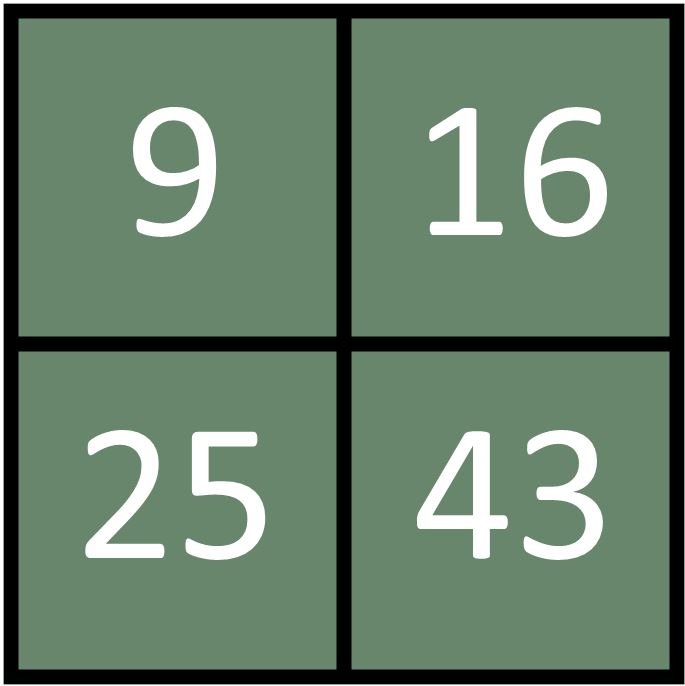
1. Warmup (sometimes related to the lesson, sometimes not) = 5 min
2. Launch (explain the exploration that students will be engaging in) = 5 min
3. Explore (students explore in groups while I circulate, facilitating discussion and discovery via questioning) = 30 min
4. Sum up = 5 min
This year, I have vowed to leave time for exit tickets. Though my classes are small enough to allow for conversation with every group and most students, I was curious to know what I could learn from asking each and every one of them a question at the end of class. Rarely is it a question where I am looking for the same answer. Sometimes it is verbal feedback, sometimes it is a choice of problems to solve, sometimes I ask them to create a problem based on what they learned.
Verbal feedback - opinions
This allows me to have brutally honest feedback from my students. In the 2nd week of school, I asked my new 6th graders to tell me one word that they were feeling about math this year. Here are some of their words:
- Enlightened
- Fun!
- Intimidated
- Excited
- Ready.
- ok?
- Awesome and Challenging (they cheated, but that's ok)
I knew right away that most kids were psyched/thirsty to learn more and that a few kids were already feeling overwhelmed or unsure. This actually allowed me to worry less - I thought many more kids were feeling the difference from elementary math in a scary way. I now knew who my timid kids were, which allowed me to better target my support / challenge of all 6th graders.
Numerical feedback
I have also given my students exit tickets with two options of problems to try - pick the one that shows your level of understanding. After 1 day of integer addition with 6th grade, I gave them some problems as an exit ticket and I was astounded to find that all but one student aced the problems and more than half of them chose the more challenging option. There was one student who turned in a blank exit ticket. Had I done my normal discussion-style "sum up" at the end of class, I would never have known that he was struggling. I was able to find him at study hall, catch him up, and move on with the class at a faster pace than I would have without the exit ticket.
I have also used numerical feedback to do some "My Favorite No"work. With 7th grade, we reviewed percent calculations, which was still so challenging for them. We used work from exit tickets as a warm-up the next day in class, examining where students were on the right track and where they were led astray.

Verbal feedback - conceptual
When I am feeling like the "sum up" would be too forced / too soon, I have used the exit ticket to assess conceptual understanding. I recently asked my 8th graders to define a function at the end of a class where they were exploring this concept (the lesson got cut short due to picture day). Though they understood how it worked for different representations, no one had quite the right generalization. This allowed me to plan and augment the previous exploration to do a "part two" the following week where they were much more able to articulate a fantastic definition. (I asked them to define it in groups the second time around).
Do I use exit tickets daily? No. There is no replacement for listening and actively questioning student thinking in that discovery phase. But in the first few weeks of trying them out, I see how I might use exit tickets as a way to allow each student to "sum up," to pause the aha moment and delay it from the end of one class to the beginning of another. Because if they truly understand, they should be the ones saying it, not me.























